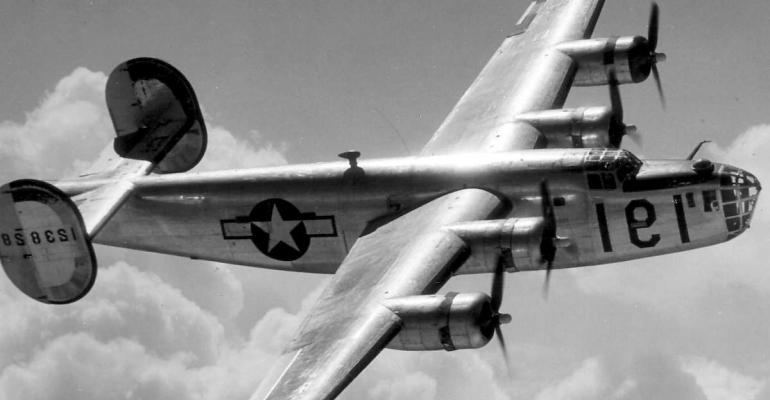75 Years Ago (June 1938): ’39 Model Indications; New-Car Intro Date Studied; UAW Turmoil; Nash Sales Push
“Models now being prepared for next-year’s selling are centers of dominate interest today,” notes a front-page story in Ward’s Automotive Reports’ June 11, 1938, issue. “Look for body lines modeled somewhat after those of Lincoln Zephyr and Graham,” the story advises, with narrower running boards due to increased body width and interiors “that may not contain as many gadgets as heretofore, but will appear equally luxurious.”
Indications are the Automobile Manufacturers Assn.’s official ’39-model introduction date will move to early December, as compromise between the current October-November intros and a request by dealers that they return to the traditional Jan. 1 unveilings. At a recent AMA meeting in Detroit, “Sentiment was definitely against a return to the old date, which would eliminate Christmas buying and stop new-car buying in a time when used-car sales are at their slackest point of the year.”
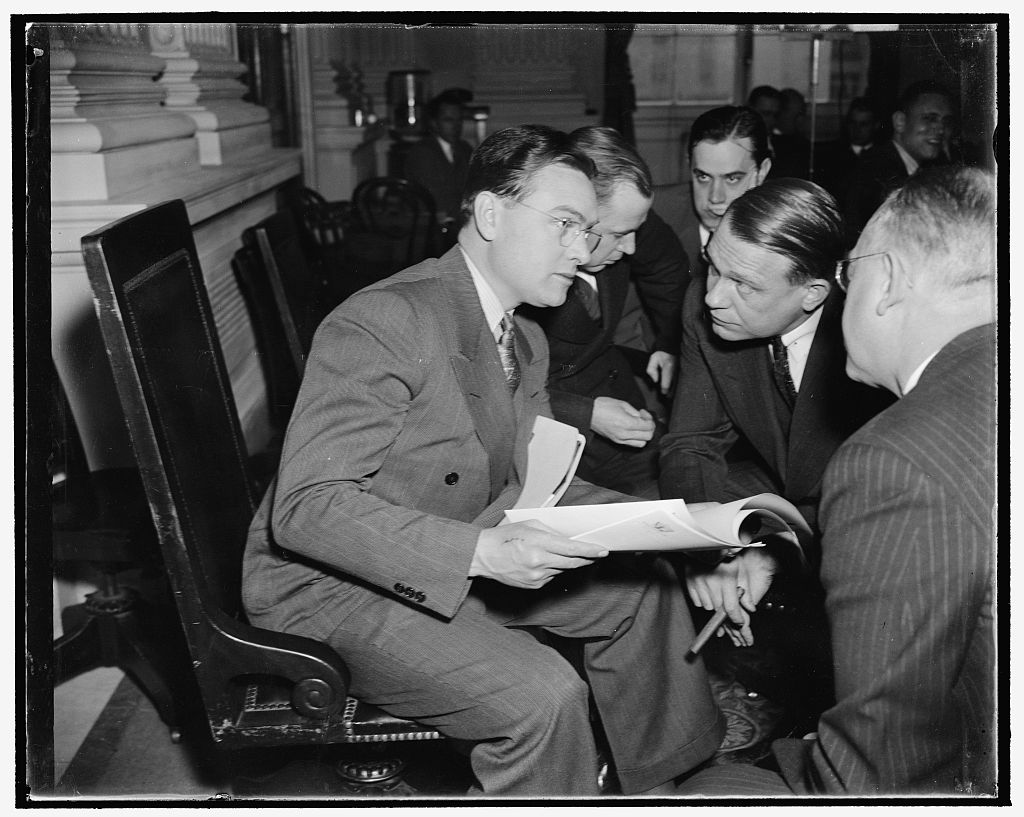
From a story in WAR’s June 18, 1938, issue, “Word comes from the inner councils of the UAW that the next few months will see brought to a climax the chain of action which started with the suspension of five board members and the walkout of six others in protest.” The climax “may be the recall of union president Homer Martin who appears to be losing support among the rank and file.” The story points out, “Auto company officials would prefer the Martin (executive) team in power in place of such direct-action adherents as Wyndham Mortimer, Walter Reuther, Ed Hall and others,” adding that if rank-and-file members call for a convention in order to oust current leadership, it will imperil the union’s already weak finances to the point of threatening its existence. “The internal troubles of the UAW automatically will relieve the auto industry of any fear of labor troubles until they are straightened out – which might not be accomplished until next winter,” the story concludes.
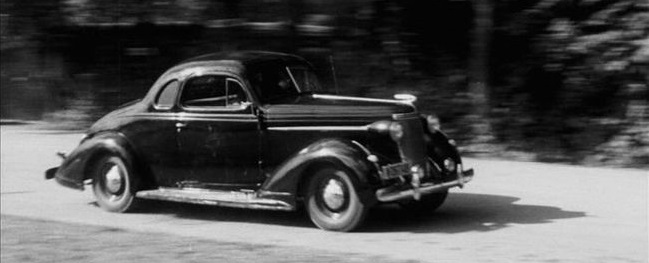
A word of commendation is due Nash-Kelvinator, according toWAR, for its National Salesmen’s Crusade, described as an “effort to rouse salesmen out of their lethargy and bring them back into the paths of hard, direct, resultful selling of the sort pre-dating 1936.” After that year, the author laments, “Business moved into stores and showrooms without determined organized effort to find business and sell.” There is business available, the story says, “if it is sought; it cannot be had by waiting for it.”
70 Years Ago (June 1943): Willow Run Plant Ramping Up
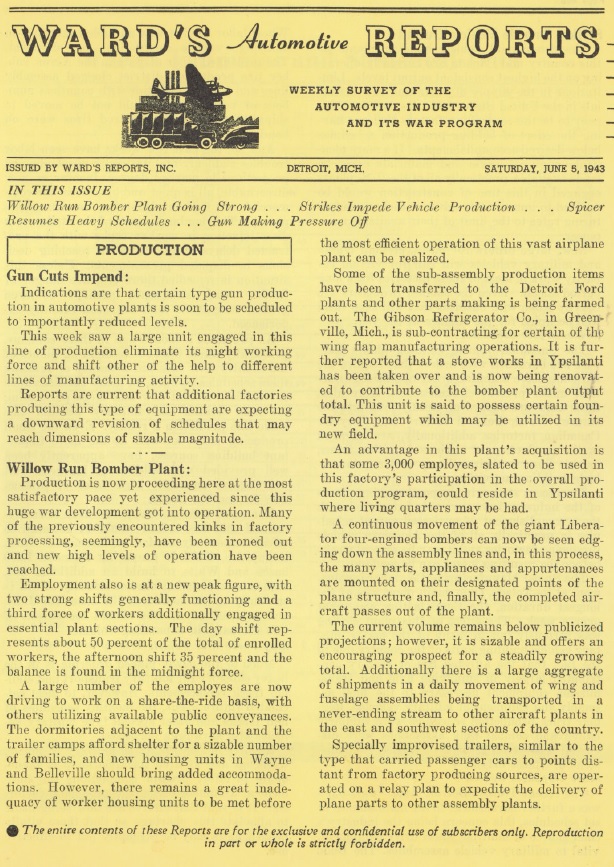
Production at Ford’s Willow Run (Ypsilanti, MI) bomber plant is “proceeding at the most satisfactory pace yet experienced since the huge war development went into operation.” Employment is also at a new peak figure, with two shifts functioning through out the plant and a third shift operating in critical components manufacturing. About 50% of the workforce is on the day shift, 35% on afternoons and 15% on the midnight shift. A large number of employees drive to work on a ride-share basis or use public transportation. Dormitories adjacent to the plant and trailer camps provide housing for a “sizeable” number of families. “A continuous movement of giant Liberator 4-engine bombers can now be seen edging down the assembly lines.” (Eventually, the plant will reach an average of one completed B-24, licensed by Consolidated Aircraft, rolling off the line every 55 minutes. At war’s end, the plant is reclaimed by the federal government and subsequently sold to Kaiser-Frazer Corp. for car production until the mid-1950s when it is acquired by General Motors after KF ends car output in the U.S.)
At the same time, the newsletter reports production of 305,900 commercial and military trucks, including Jeeps, in the first four months of 1943. Ford ranks No.1 with a 21.5% production share, followed by Dodge at 17.0%, Chevrolet, 16.0%, and G.M. Truck, 15.9%. Willys Motors, prime supplier of Jeep vehicles, accounts for 8.2% of production for the period. Output so far in 1943 is down 51.1% from the 625,025 cars and trucks built in like-1942, much of it tallied prior to the end of civilian-vehicle production.
60 Years Ago (May 1953): Corvette Intro; Chrysler Clutch Vanishes; Ford Power Steering; V-8 to Dominate; Sales at 6.0 Million SAAR
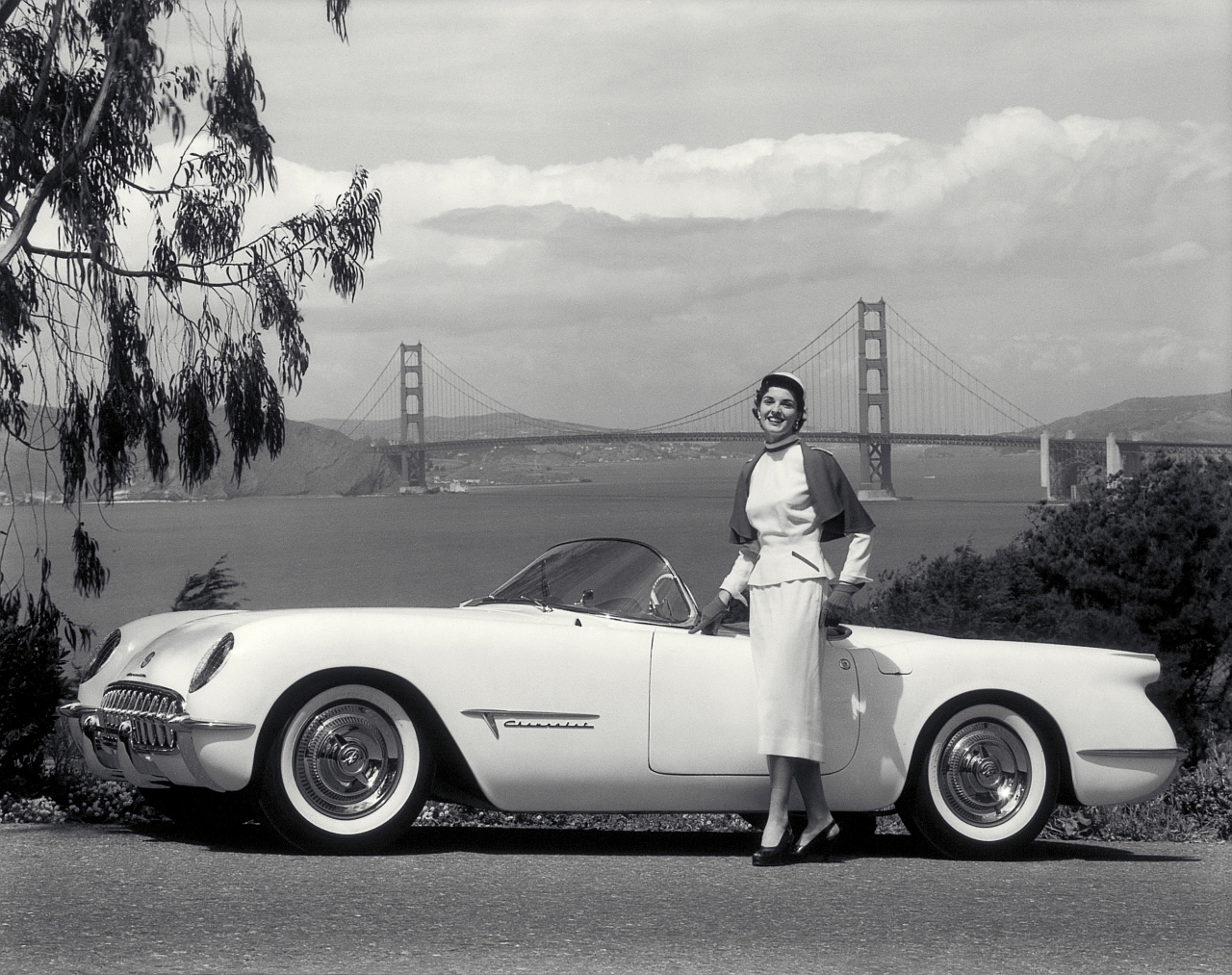
The first production model of the Chevrolet Corvette (above) will be offered to the public this month. However, output will be held to just 300 units a for 1953, significantly less than earlier prognostications calling for assemblies to increase from 500 units in June to 1,000 monthly, for a year-end total of 109,500 vehicles. However, it is noted, “Previous plans for the 2-passenger sportster called for its production in steel. Evidently, the plastic-processing program has not ruin as smoothly as expected for production purposes. But whenever the sports car program gets under way, Chevrolet will find an eager and waiting-to-buy public.”
Master Guide power steering is a new option on ’53-model Ford cars equipped with a V-8 engine. Manufactured by Bendix, the system is said to reduce steering effort by 75% and provides, “hydraulically controlled directional stability on all kinds of roads.” The Ford system, claimed to be more easily serviced than that of other makes, adds $125 ($134.40 with federal excise tax) to the price of the car.
Chrysler now is in production of its first fully automatic transmission, having installed the unit in about 500 Imperial Custom and Crown models, where it is being made standard equipment. Output of the new transmission is expected to reach 10,000 units this month. Chrysler New Yorker will be next to get the gearbox with all Chrysler, Desoto, Dodge and Plymouth models offering it in the ’54 model run. The transmission is being manufactured at a recently completed $25 million plant in Indianapolis.
“Longevity of the In-line Six powerplant at least through 1955 has come to be accepted fact. However, some producers evidently are out to hasten its departure,” declares a story on the future of the V-8. “Glamour boy in this growing shift in emphasis, of course, is the V-8.” Popularity of the V-8 has steadily increased from 18% of U.S. car output in 1940-48 to 23.7% in 1949 and to 33.5% in 1952. In 1953 to date it stands at 38.0%, which has influenced some industry watchers to label the I-6 “virtually a ‘dead duck’ in the not far distant future.”
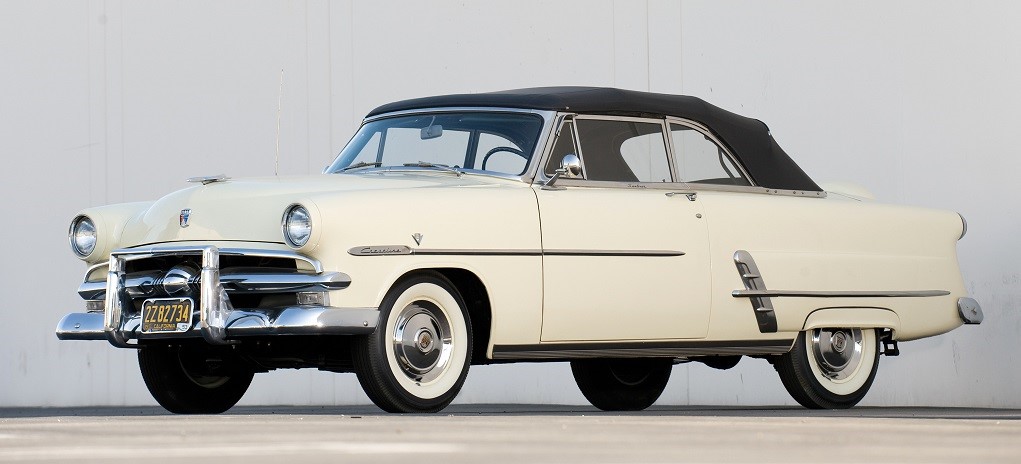
Only production capacity is holding the V-8 to 80% of Ford car output and to 68% at Desoto, 52% at Dodge and 50% at Chrysler. Lincoln, Mercury, Cadillac and Oldsmobile are just shy of 100% usage. As to what will replace the I-6, the story concludes, “A V-6 isn’t particularly favored, but a smaller, lighter V-8 may be introduced…in any event, once the V-8 trend gains momentum, it’ll take more than an In-line Six to maneuver out of its path.”
The sale of 550,000 new cars in May marked the third consecutive month in which the seasonally adjusted annual rate has topped 6.0 million units. Strong sales combined with production cuts due to a raft of supplier strikes puts estimated May month-end new-car inventory well below April’s 2-year high of 451,590 units. According to a GM official, “The used-car market is on a new and higher plateau and, following the postwar car shortage, is merely returning to the pre-World War II relationship of two-thirds used- to one-third new-car ownership.”
50 Years Ago (June 1963): Stark Named Editor; Plymouth Hi-Po V-8; Wagonaire Popular at Studebaker
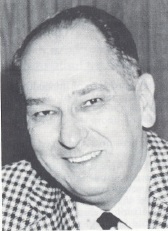
Chrysler-Plymouth Div. has introduced a new Plymouth Super Stock II high-performance V-8 intended for racing applications in its fullsize models. The 426-cid “wedge” V-8 features larger, more efficient 4-bbl., carburetors – two for drag racing applications vs. one for stock-car racing. The new engine, available with compression ratios of 13.5:1 or 11.1:1 develops its maximum power over a wider rpm range.
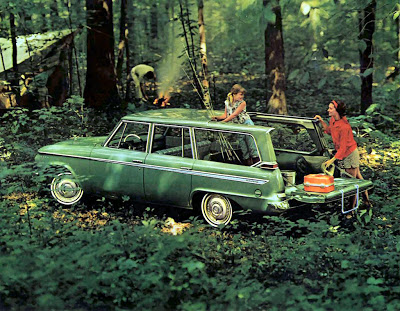
Studebaker confirms it will continue production of its popular Wagonaire station wagon for the ’64 model year. The auto maker was reported to be axing the model due to problems, including leaks, with early production models. However, the car’s popularity, having boosted wagons to nearly 20% of Studebaker car output so far this year from 7%-8% previously as against an industry average of 14.0%, has prompted its continuation.
The specialty model features a rear roof section over the cargo area that retracts to allow transporting tall objects much like a pickup. (Designed by Brook Stevens, it continues in production through model year ’66, after which Studebaker ceases building vehicles. Later, GMC introduces a similar Envoy XUV in ’04, featuring an opening roof over the cargo bed. Unlike the Wagonaire, it features a retractable partition to separate the cargo area from the passenger compartment and a waterproof cargo bay with drain system to facilitate washing. It is discontinued after the ’05 model run due to low demand.)
25 Years Ago (May 1988): Turbo Comeback Seen; CAMI, Hyundai Canada Plants on Target
Although use of turbocharged engines in domestic-make cars is down in the ’88 model year, Garrett Turbocharger Div. of Garrett Automotive forecasts an increase in usage through the early 1990s. The reason, Garrett says, is that automotive engineers are eying charge-air systems to enhance low-speed power of new multi-valve engines. In the ’88 model year, leader Chrysler expects to install about 110,000 turbo engines, down from 204,000 in ’87 due to the introduction of the 3.0L V-6 sourced from Mitsubishi. Pontiac, the only GM division offering a turbo, plans to put the GM Brazil-built 2.0L turbo I-4 in 7,000-8,000 Sunbirds and 23,000 Grand Am models. Ford says the Turbo Coupe, with it 2.3L I-4 engine, will account for 25% of Thunderbird output in ’88, although it will be replaced in ’89 by the Super Coupe with a supercharged 3.8L V-6. Garrett says it has studied superchargers, but sees its upcoming turbos being competitive with superchargers in low-end response without some of the “drawbacks.”
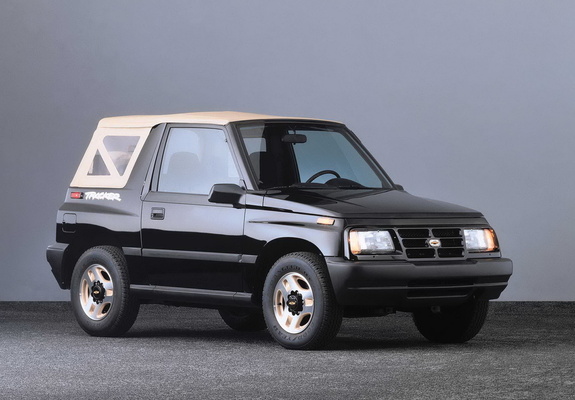
New Suzuki and Hyundai plants in Canada are on schedule to begin production in 1989. CAMI Canada (a joint venture between Suzuki and GM Canada) is set to begin pilot production of the Chevy Tracker and Suzuki Sidekick SUVs in Ingersoll, ON, this fall, leading to an April 1989 Job One date. Output of the Chevy Sprint, Pontiac Firefly, the latter for Canada only, will be added in November 1989. Hyundai’s Bromont, QE, assembly plant is to commence output of the Sonata late this year for retail introduction early in 1989.
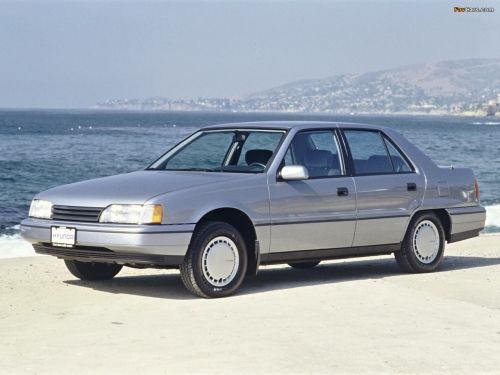
In addition, Hyundai’s aluminum wheel plant in Newmarket, ON, is wrapping up pilot production and expects to begin shipping wheels to Hyundai’s South Korean plants in July and later to Bromont. (Although the CAMI JV remains in operation through November 2009, when it is absorbed by GM after Suzuki’s ends output and withdraws form the venture, Hyundai’s Canadian plants close in 1994 without ever reaching output capacity.)

